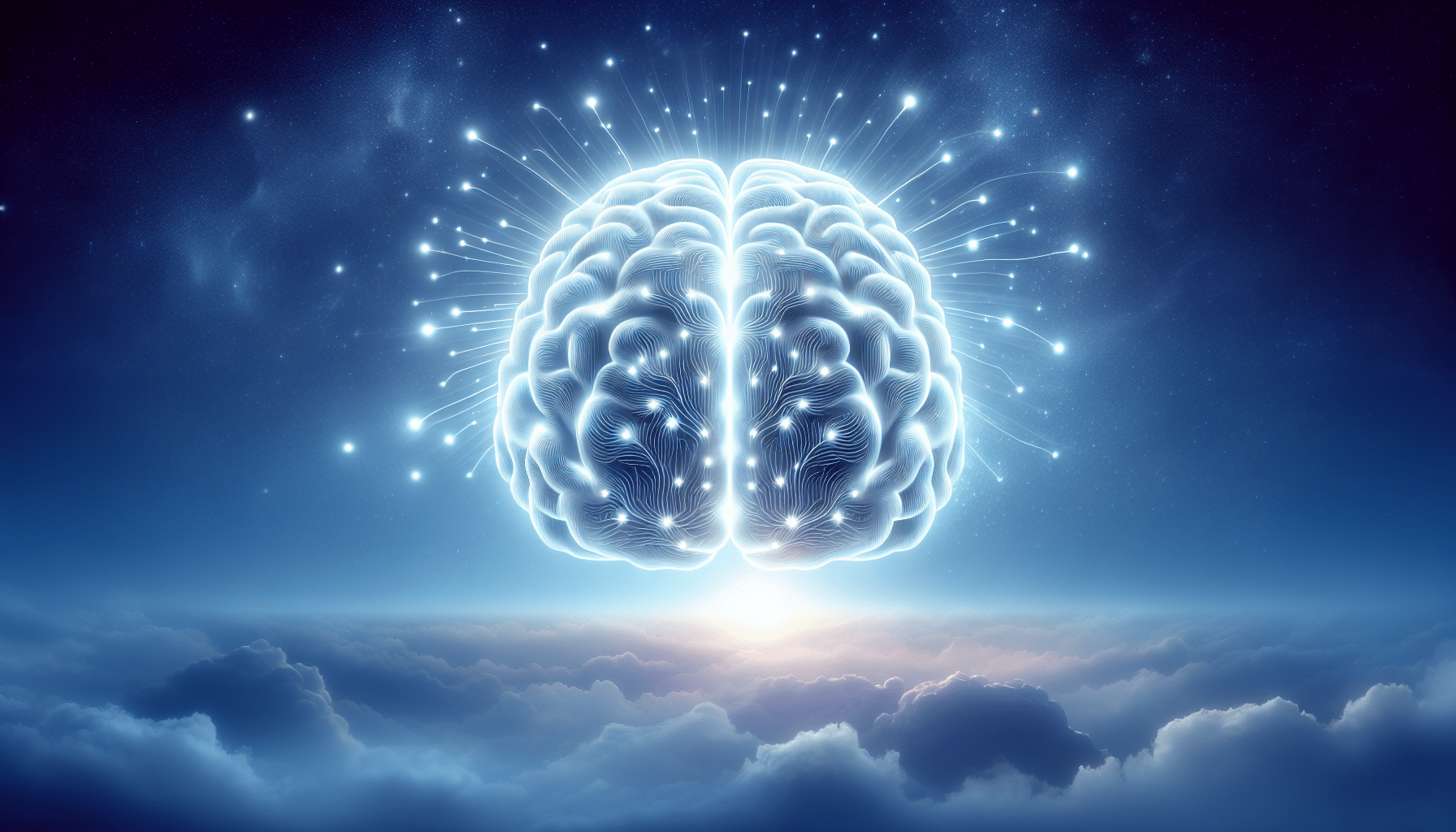Understanding the Role of Monoamine Neurotransmitters in Insomnia
Impact of Serotonin, Dopamine, and Histamine on Brain Physiology
Monoamine neurotransmitters, including serotonin, dopamine, and histamine, play a crucial role in regulating brain physiology and behavior. These chemical messengers are responsible for transmitting signals between nerve cells, influencing a wide range of bodily functions. Recent research by Mount Sinai and Memorial Sloan Kettering Cancer Center has highlighted the significance of these neurotransmitters in brain physiology, particularly in relation to insomnia. The study reveals that serotonin, dopamine, and histamine can chemically bond to histone proteins, which are essential for DNA packaging in cells. This bonding affects gene expression patterns in the brain, thereby influencing neural plasticity and sleep-wake cycles. Understanding the impact of these neurotransmitters on brain physiology provides valuable insights into the mechanisms underlying insomnia and related disorders.
Chemical Bonding of Monoamines to Histone Proteins
The chemical bonding of monoamines to histone proteins represents a novel mechanism for regulating gene expression in the brain. Histones are proteins that package and order DNA into structural units, playing a critical role in gene regulation. The research team discovered that monoamines such as serotonin and dopamine can attach to histone proteins, specifically H3, thereby modulating gene expression programs. This process, known as histone modification, directly influences complex biological processes and behaviors, including sleep and circadian rhythms. The enzyme transglutaminase 2 (TG2) is responsible for this modification, adding or exchanging monoamines on histones. This dynamic mechanism allows for rapid changes in gene expression in response to external stimuli, offering new insights into the regulation of sleep and wakefulness.
Novel Mechanisms Influencing Circadian Rhythms and Insomnia
Histone Modifications and Circadian Gene Expression
Histone modifications play a pivotal role in controlling circadian gene expression and behavioral rhythms. The research conducted by Mount Sinai and Memorial Sloan Kettering Cancer Center has uncovered how these modifications influence the brain’s internal clock. Monoamine neurotransmitters can directly modify histones, which in turn regulate circadian gene expression patterns. This groundbreaking discovery reveals how circadian events that stimulate neurotransmitter signaling can dynamically affect neurons by altering DNA structure. The ability of monoamines to modify histones provides a new understanding of how the brain controls sleep-wake cycles, offering potential therapeutic targets for insomnia and other circadian-related disorders.
Potential Therapeutic Strategies for Insomnia and Related Disorders
The insights gained from this research open up new avenues for developing targeted therapies for insomnia and related disorders. By understanding the mechanisms through which monoamine neurotransmitters influence histone modifications and circadian gene expression, researchers can explore novel therapeutic strategies. The study suggests that manipulating histone modifications could potentially regulate sleep-wake cycles and address circadian rhythm disruptions. This approach holds promise for treating conditions such as insomnia, depression, bipolar disorder, and neurodegenerative diseases. As researchers continue to unravel the complexities of these mechanisms, the development of effective therapies for circadian-related disorders becomes increasingly feasible.
The Role of TG2 Enzyme in Insomnia and Brain Function
TG2 as a Regulator of Monoamine Neurotransmitters
The enzyme transglutaminase 2 (TG2) has emerged as a key player in the regulation of monoamine neurotransmitters, which are crucial for maintaining brain function and influencing sleep patterns. TG2’s role extends beyond its traditional functions, acting as a regulator that can modify histone proteins by adding or exchanging monoamines like serotonin and dopamine. This ability to dynamically alter histone modifications allows TG2 to influence gene expression in response to changes in neurotransmitter levels. By understanding TG2’s regulatory mechanisms, researchers can gain insights into how fluctuations in neurotransmitter concentrations impact sleep-wake cycles and contribute to insomnia.
Mechanism of Monoamine Exchange on Histone H3
TG2’s unique ability to facilitate the exchange of monoamines on histone H3 represents a groundbreaking mechanism in gene regulation. This process involves the selective addition or removal of monoamines, which can lead to distinct changes in gene expression patterns. The exchange of monoamines on histones allows for rapid adaptation to environmental stimuli, enabling the brain to respond to changes in neurotransmitter levels. This mechanism is particularly relevant for understanding how the brain regulates sleep and circadian rhythms, as it provides a dynamic means of controlling gene expression in response to external cues. By exploring the intricacies of this exchange process, researchers can uncover new therapeutic targets for insomnia and related disorders.
Histaminylation and Its Implications for Insomnia
Discovery of Histaminylation and Its Role in Circadian Rhythms
Histaminylation, a newly discovered modification involving the addition of histamine to histone proteins, has significant implications for understanding circadian rhythms and sleep regulation. This process, facilitated by TG2, represents a novel mechanism by which histamine can influence gene expression independently of its traditional role as a neurotransmitter. The discovery of histaminylation highlights the complex interplay between neurotransmitters and gene regulation, offering new insights into how the brain’s internal clock is controlled. By elucidating the role of histaminylation in circadian rhythms, researchers can better understand the molecular underpinnings of sleep disorders and develop targeted interventions.
Exploring TG2-Dependent Monoaminylation for Insomnia Treatment
The potential of TG2-dependent monoaminylation as a therapeutic strategy for insomnia is an exciting avenue for future research. By targeting the mechanisms through which TG2 modifies histones with monoamines, researchers can explore novel approaches to regulate sleep-wake cycles and address circadian rhythm disruptions. This strategy holds promise for developing treatments that specifically target the molecular pathways involved in insomnia, offering a more precise and effective approach to managing sleep disorders. As our understanding of TG2-dependent monoaminylation advances, the potential for innovative therapies that improve sleep quality and overall brain health becomes increasingly attainable. For more insights into insomnia and potential treatments, check out our Insomnia Blog.
Sources:https://www.sciencedaily.com/releases/2025/01/250108143613.htm



